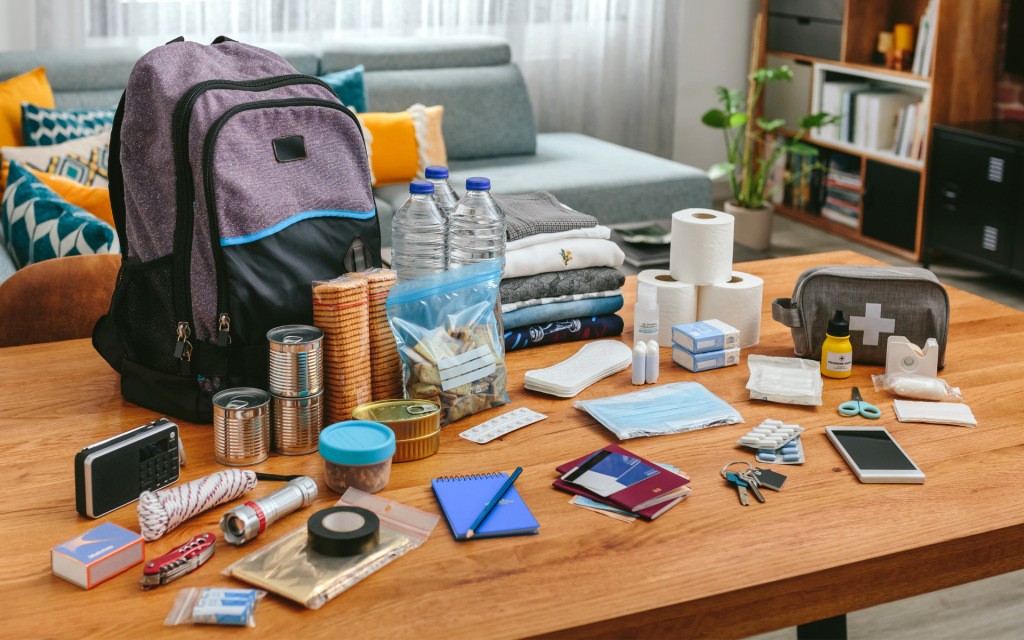It’s always good to be prepared, and anyone who has lived in BC knows that the province can face all kinds of emergencies, from fires to floods and especially earthquakes. The importance of having a good plan for the worst-case scenario can’t be overstressed.
In the case of an earthquake — or “The Big One” — aka a larger-scale earthquake — Vancouver could lose power, natural gas, bridges, and roadways could collapse. With potential damages estimated in the multi-billion dollar range, one can never be too ready.
Before a disaster hits, the most important thing you can do is prepare an emergency kit with enough supplies to sustain 72 hours without access to food, water, transportation, heat, or electricity.
If you are among the half of Canadians who don’t already have one, here is everything you need to stay safe. These recommendations are from the Government of Canada’s Get Prepared website.
Basic things to put in your emergency kit:
- Water: At least two litres of water per person, per day. Therefore, a family of four should keep 20 litres of water on hand. That is at least one big jug of water, the size used in water coolers, plus two to three regular bottles of water. It’s recommended to include small bottles
- Non-perishable food: Canned food, energy bars, dried fruit and vegetables – and enough of it to last three days (replace food and water once a year)
- Manual can-opener
- Crank or battery-powered flashlight with extra batteries (replace batteries once a year)
- Crank or battery-powered radio with extra batteries
- First aid kit with:
- bandaids
- bandages
- sterilized gauze pads
- adhesive tape
- scissors
- tweezers
- safety pins
- instant ice packs
- disposable non-latex gloves
- antiseptic wipes or soap
- pencil and paper
- pocket mask or face shield
- Extra keys to your house and car
- Cash in small bills and coins
- Contact information for relatives and neighbours
- Other personal items if needed, like:
- prescription medications
- infant formula
- equipment for people with disabilities
- food and water for pets
Other useful items for your emergency kit:
- Two extra litres of water per person, per day for cooking and cleaning
- Candles and matches or a lighter
- Footwear and clothing for each household member
- Sleeping bag or warm blanket for each household member
- Toiletries
- Hand sanitizer
- Utensils
- Garbage bags
- Toilet paper
- Water purifying tablets
- Basic tools like a hammer, wrench, screwdriver, work gloves, pocket knife, and a dust mask
- A whistle and flare
- Duct tape
- Photocopies of all important identification for each household member, including health card numbers
- A fire extinguisher
- Battery-powered GPS device
- Extra battery pack for cell phone and laptop
This piece was first published in 2021 and has since been updated.
